Loading...
Itinerary
Three collective housing buildings, still in use today, invite us to explore the Spanish response to the process of modernisation that shook European architecture during the 1920s and 1930s. In Valencia, the Finca Roja stands firmly on the nineteenth-century layout of the city's expansion, respecting exactly the corresponding ordinances and alignments. Its brick language and materiality, linked to the Dutch "Amsterdam school", connected with the most recent tradition a project that concealed two transforming aspects: a skeleton of reinforced concrete and the desire to generate a utopian community clustered around a garden that included shops and other community uses. Also built in brick, theCasa de las Flores in Madrid, on the other hand, opted to break with the layout laid out in the municipal ordinances to open up its interior garden to the city and also to provide all the dwellings with natural light and ventilation under the principles of hygiene and salubrity that supported the expansion of modern architecture. All the dwellings were also intended for rent, offering a wide typological variety that was reflected in 18 different rent levels.
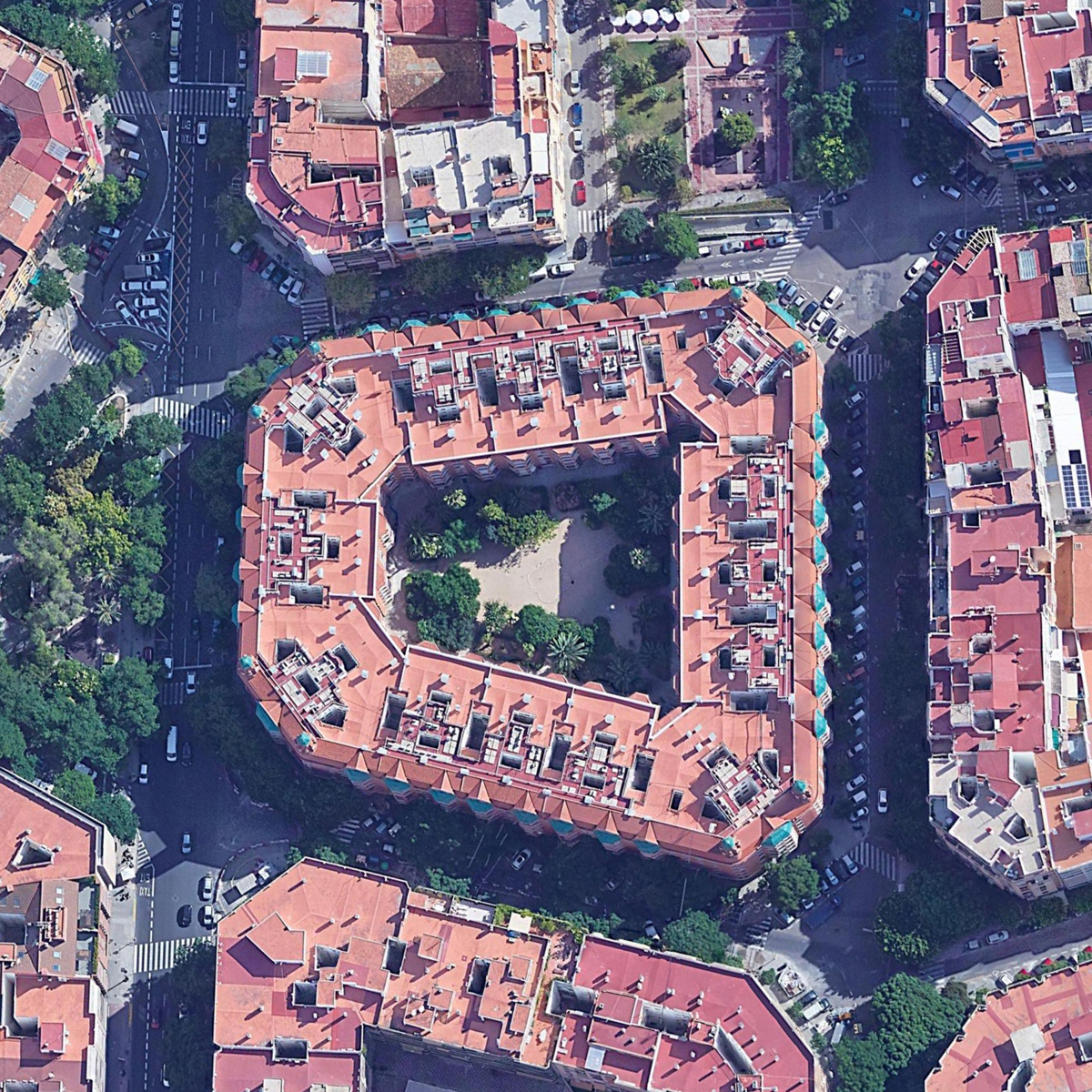
Itinerary curated by
Ministry of Transport, Mobility and Urban Agenda (MITMA)
Ministerio de Vivienda y Agenda Urbana
Means of transport
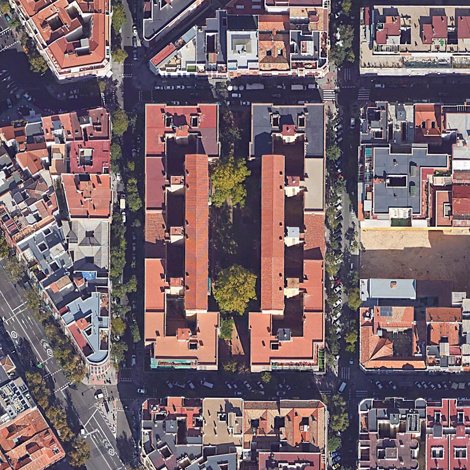
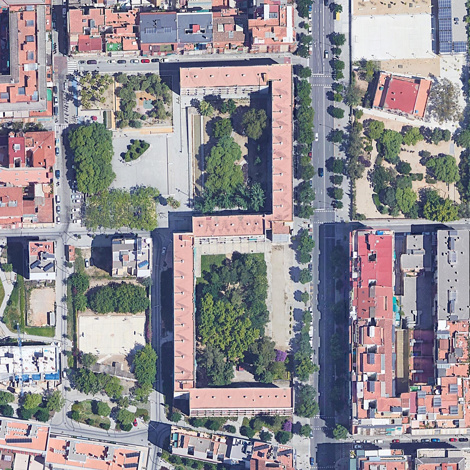
Four years later, the Casa Bloc in Barcelona would complete this process of dissociation between building and layout, taking the precepts of European modernity to the extreme. Separated from the ground and the limits of its plot, this "house" was also intended to be a new city: an open city criss-crossed by green spaces, made up of small communities that combined living with many other services, such as a library, a kindergarten or a social club. A city made up of buildings that deployed the latest construction techniques to propose a new, austere and internationalist urban image.
Designed by GATCPAC ( (Catalan Artists and Technicians Group for the Progress of Contemporary Architecture), the Bloc House reveals a series of principles which, from a technical, programmatic and aesthetic point of view, would find other more diluted manifestations throughout the country. In Madrid, the Cine Barceló (Barceló Theatre) and the Edificio Carrión (Capitol) still survive as paradigmatic projects in their desire to condense the activities that feed the metropolitan life. Thus, while the latter combined hotels, shops, flats and offices in a hybrid volume with expressionist influences and a strong urban sensibility, the former offered a complete catalogue of venues for cinema and celebration, including an open-air rooftop cinema.
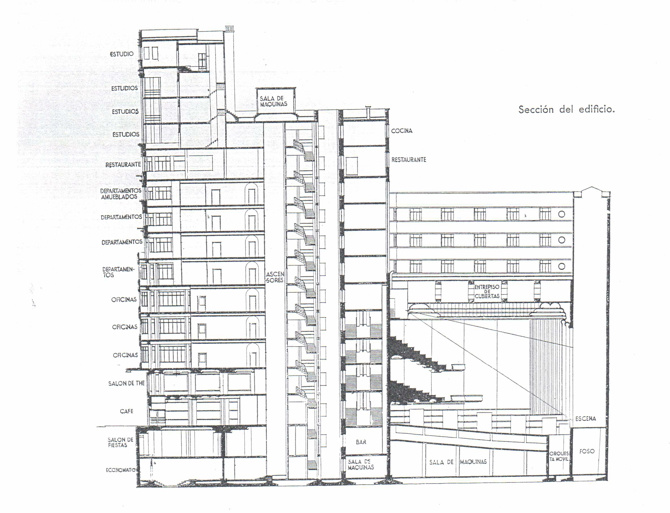
For its part, the use of the new materials that supported the development of the modern language is reflected today in two constructions of very different sizes: the small Quiosco de música y bar en Haro and the {Mercado de Abastos de Algeciras||0000011427}. Both teach us about the structural and expressive capacities of steel-reinforced concrete, resolving with a few centimetres of thickness spaces that, in the case of the market, reach 42 metres in length.
However, the most penetrating image that the use of these materials would bring would not come from these structural displays, but from an aesthetic of lightness and simplification that would be imprinted on buildings of all kinds.
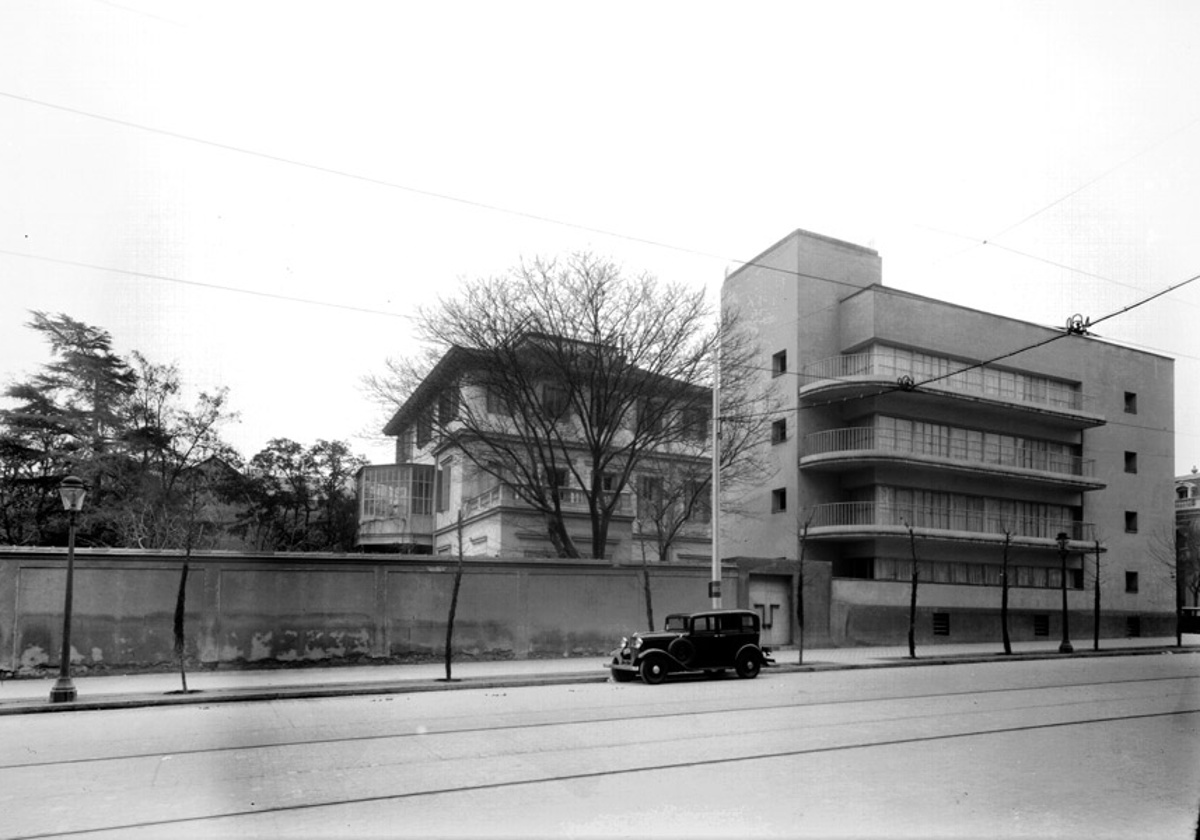
The flat painted surfaces, the simple volumes, the horizontal windows or the precise details shown in the last two buildings on this itinerary - the current Ortega y Gasset Foundation in Madrid and The Anti-tuberculosis Dispensary(Primary Healthcare Centre Dr. Lluís Sayé) - would have a shorter route in Spain than in other countries, as their deployment was associated in this decade with a project of social and political renovation. This does not mean that rationalism and modernity stopped with the outbreak of the Civil War, but rather that their continuity took place covertly and far from the official architecture of the early years of Franco's regime. Thus, it would take a decade for the principles of modernity, purified of a reformist ideology, to return to nourish the development of Spanish architecture from the public administrations. In this sense, the ten buildings that accompany us on this itinerary constitute a constellation that can be used as a reference guide to understand a large part of the works that would be built in Spain in the decades that followed.







